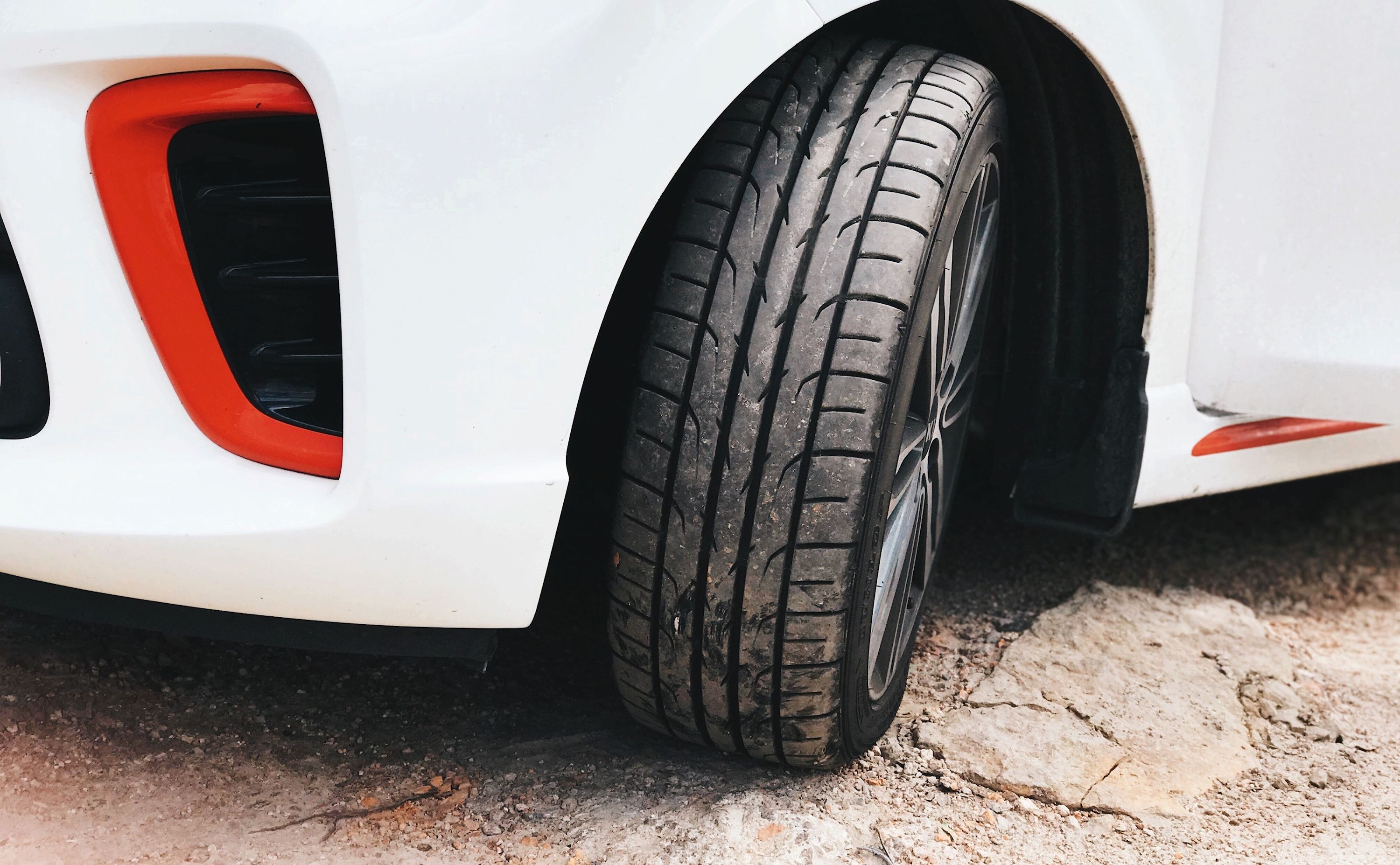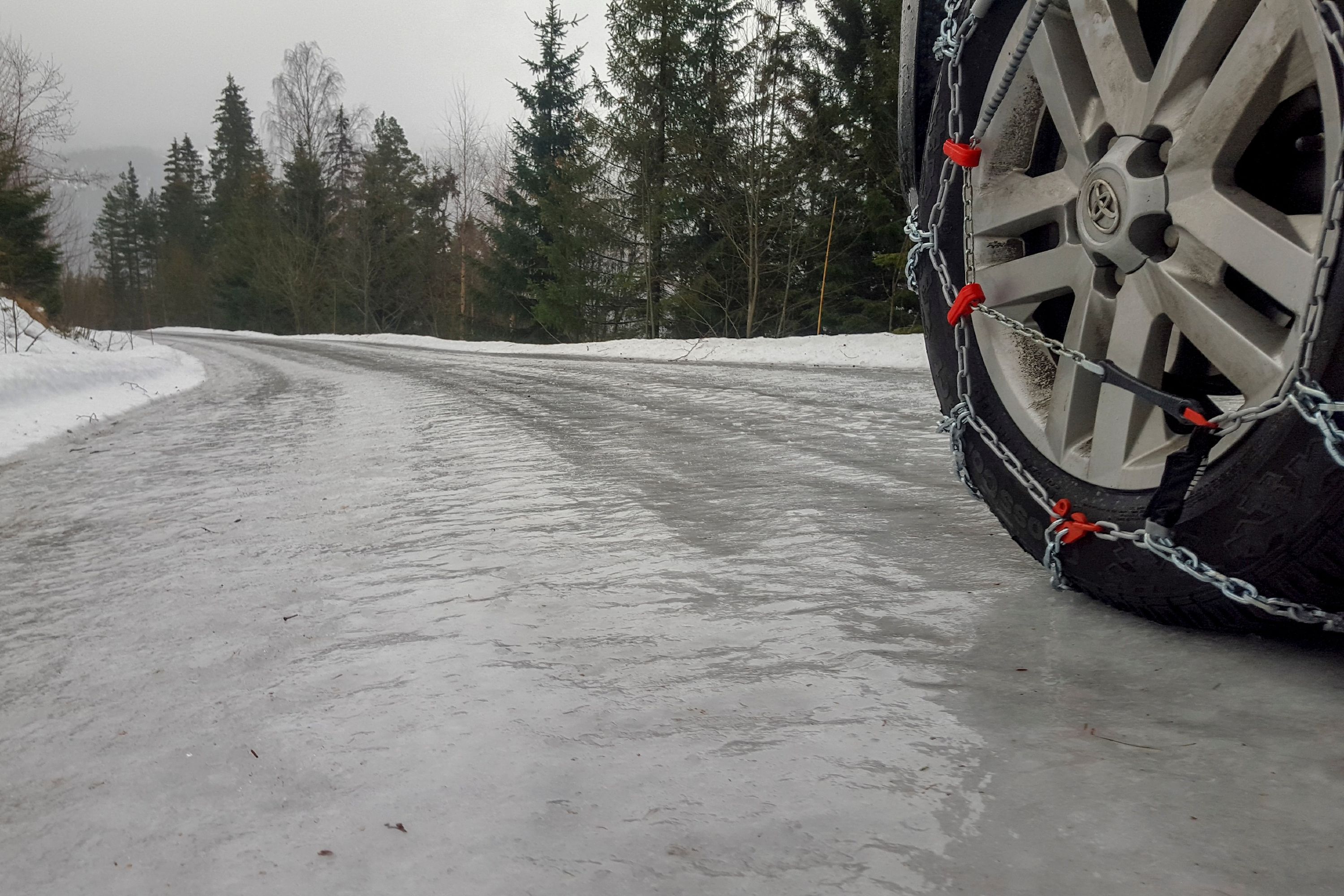
Motor vehicles are subject to several different regulations, and transgressions can lead to fines, impounding of your car, or even rendering it completely unroadworthy. When it comes to the rubber your wheels are wrapped in, car owners should know about the tire laws that will not only keep you out of trouble, but also ensure you're safe.
These often forgotten parts of your car experience immense wear and tear, especially if you are a regular long-distance driver. Knowing what types of tires you should be using, depending on the type of vehicle you drive, the state you live in, or even the weather, is just as important as obeying the rules of the road. These are set out comprehensively in the Federal Motor Vehicle Safety Standards (FMVSS), but here is a quick guide on some of the most important things you need to know about your car's tire safety standards.
What Are The Current US Tire Regulations?
Regulations comprise various rules, which form part of the law; these regulations regarding tires are therefore law in the USA. While the different states may have variations, the following are common.
- Tread depth: For starters, almost all states agree that the minimum tread depth of automotive tires should be at least 2/32 of an inch. Some states specify that front tires should have a tread depth of at least 4/32 of an inch. To help car owners keep track of this, many tire manufacturers place a wear indicator on their tires that shows if tread wear has reached critical levels. Alternatively, you could use the 'penny rule'. This involves holding a penny in the groove of the tread, with the Lincoln head pointing downward. If the top of the head isn't at least partially covered by the rubber, then the minimum depth has likely been reached or exceeded.
- Load limit: Another thing you need to be aware of is overloading. Most tires show the maximum weight they can support on the sidewall - these numbers can be confusing, but our guide on tire numbers can help. If this number is absent, be sure to check with the manufacturer and take note of whether there are any requirements for driving at the limit (for example, driving under 50 mph).
- Age: There isn't a specific tire age or expiration law, but most experts seem to agree that you should replace your tires every 4-6 years from the date of production - it's important to note that this doesn't mean the date from which you had the tires put on the car. Since most drivers in the US drive between 12,000 - 15,000 miles per year, this also means you should consider replacing them after around 60,000 miles, or sooner if you drive in harsh conditions.
- Pressure: Lastly, tire pressure matters. Not only does driving on correctly pressurized tires help improve fuel economy and prevent accidents, but it is technically illegal to drive on tires that are below the recommended cold inflation pressure. Here's how to check tire pressure correctly.
What’s The Law For Studded Tires?
Studded tires with their metal protrusions do indeed improve traction through snow and ice, but they're also notoriously bad for the road surface. As a result, some states restrict or forbid the use of student tires.
There are some states that, due to adverse weather conditions, make it legal for the use of studded tires, albeit at certain times. But each state's laws regarding the use of studded snow tires differ. For example, NY studded tire law states that it is permitted to equip them between October 16 and April 30. Meanwhile, Colorado studded tire law does not specify any time restrictions.
States that allow unrestricted use of studded tires include:
- Colorado
- Kentucky
- New Hampshire
- New Mexico
- North Carolina
- Vermont
- Wyoming
States that forbid the use of studded tires include:
- Alabama
- Florida
- Hawaii
- Illinois
- Louisiana
- Minnesota
- Mississippi
- Texas
- Wisconsin
The remaining states have restrictions regarding where and when it is legal to equip studded tires.
What’s The Law For Winter Tire Chains?
Winter tire chain laws in the US are similar to those of studded tires. Some states, like California, may put up signs for when tire chains are required. Oregon tire chain law specifies that all cars should carry chains or tractions tires during winter conditions, especially vehicles that are towing and have a gross vehicle weight of 10,000 pounds or less. The state posts relevant signs when equipping chains becomes a requirement. Meanwhile, Colorado snow tire law insists that all commercial vehicles traveling on certain roads must carry tire chains between September 1 and May 31.
States that leave it up to the driver's cognisance to determine if tire chains are actually needed include:
- Alabama
- Arizona
- Delaware
- Georgia
- Iowa
- Illinois
- Indiana
- Kansas
- Louisiana
- Maine
- Michigan
- Mississippi
- New Jersey
- New Mexico
- North Carolina
- North Dakota
- Oklahoma
- Rhode Island
- South Carolina
- South Dakota
- Texas
- West Virginia
- Wisconsin
Some of the best SUVs for snow come with relevant drive modes to try mitigate slippery conditions, but snow tires may still be required, depending on the state.




